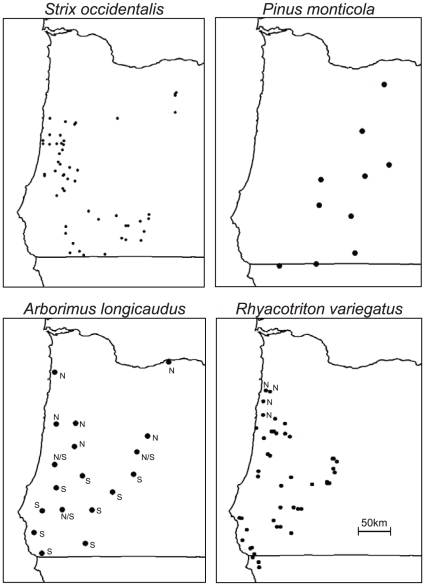Figure 1. Maps illustrating geographical locations of individuals analyzed for this study.
Note that in the case of S. occidentalis caurina and P. monticola, genetic data reflected the presence of a single phylogenetic lineage or phenetic cluster within the geographical range displayed. In contrast, previous genetic analyses of A. longicaudus and R. variegatus indicated the presence of separate “northern” and “southern” haplotype lineages in western Oregon (labeled with ‘N’ and ‘S’, respectively). For our analyses, only haplotypes corresponding to “southern” lineages were included in analyses of these two species (unlabeled locations on R. variegatus map and locations labeled with an “S” on A. longicaudus map). See text for more information.

